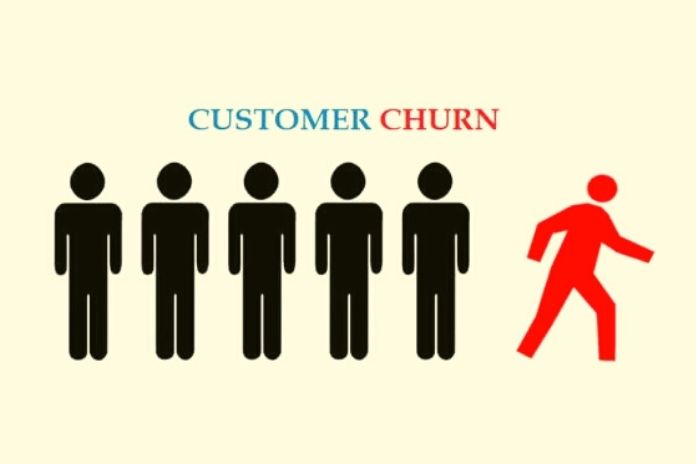Customer Churn: The automotive industry is currently not experiencing a tailwind: Disruption and Diesel gate are whirling up the industry, which is used to success. With developments in the automotive industry, the relevance of existing customers increases, especially since, according to the Harvard Business Review, it is between five and twenty-five times more expensive to acquire a new customer than to keep an existing one. The management consultancy Iskandar Business Partner (IBP) has developed a tool for customer churn in the automotive industry, with the help of which churn probabilities can be identified quickly and pragmatically.
Counter Customer Churn Through Stronger Brand Loyalty
At the center of IBP’s customer-centered approach is the premise that responding to individual wishes and emotions binds customers closer to a company and its brand. Companies need to determine which phase of the product life cycle (postcode) the customer decides to no longer commit to this brand.
To find out, Iskandar Business Partner has developed an adaptable, Excel-based model with a dashboard for the automotive industry. This makes it possible to identify factors that harm customer loyalty, so-called churn risks. This approach is particularly useful for companies that have so far only dealt with the topic in an unstructured manner or not at all.
Indicators Of Higher Customer Loyalty
Since customers can migrate during the entire postcode from the first purchase to the user to the sale, churn indicators are identified using hypotheses for each of these phases. For example, the number of product complaints or the cost of workshop visits can play a role. The respective indicators must be determined jointly via hypotheses in the context of workshops. The higher the respective indicator, the higher the churn probability.
On the other hand, there are loyalty indicators, which reduce the likelihood that a customer will decide against the make of car used in the future. This may include discounts on the list price, close dealer support during the purchase phase, goodwill repairs or the use of on-top services. All indicators are then weighted and thus result in a customer-specific churn score.
Customer Churn: Create Catalogues Of Measures
Continuous validation employing data collection can be used to identify patterns of migration over time. “This makes churn risks identifiable. This is the basis for measures with which companies can effectively combat customer churn,”. “With our methodology, we give companies a measurable overview of how things are going with their customer relationships in the shortest possible time.”
The churn indicators are assigned to the affected customers using algorithms and hypotheses, and corresponding catalogues of measures are derived. Measures include, for example, actions for customers who had to take their vehicle to the workshop unscheduled – such as a free car wash – and should give customers the feeling of attentive care.
Customer Churn: Implement Data-Driven Churn Control
Depending on the level of the churn score, more extensive service or compensation services are also conceivable. In terms of process, the effectiveness of such actions must be checked and evaluated afterwards. If a company succeeds in giving customers a feeling of appreciation again, that is often enough to win them over to the brand over the long term. “The Churn Prediction Tool is the first step towards fully data-driven churn control,”. “Ideally, a self-learning control AI software will evaluate all available data in real-time and automatically start and control customer-specific campaigns.”
companies that use data analytics strategies generate 126 per cent more profits. At the same time, a positive customer experience acts as a driver for stronger brand loyalty. Even small decreases in customer churn rates mean additional profits in the millions. All good reasons to take a close look at churn prediction – this is the only way the industry can soon regain tailwind.
ALSO READ: Data Protection: Correct Handling Of Applicant And Employee Data

